In the production process of wooden furniture, all kinds of mechanical equipment are used. Among them, it is the mechanical various tools that are in direct contact with the wood and play the role of cutting or boring. As the saying goes, the sharpening does not mistake the woodworker. In order to use all kinds of machinery, you must first understand the tools used in the machining. Sawing is an important process in the production of furniture. Whether it is plate or solid wood furniture, it must first be opened. This is inseparable from a variety of cutting equipment and saw blades. The selection and use of saw blades for subsequent Processing has an important impact, so it is also important to know the saw blade and understand how it is used and maintained. Woodworking saw blade knowledge Material Depending on the material being cut, the saw blades are made of different materials and can be generally divided into high-speed steel saw blades (HSS saw blades), carbide saw blades, insert alloy saw blades, and diamond saw blades. Woodworking saw blades are generally selected from hard alloy saw blades, which are the most commonly used cutting tools for wood products. The quality of carbide saw blades is closely related to the quality of processed products. Common types of cemented carbides are tungsten-cobalt (code YG) and tungsten-titanium (code YT). Due to the good impact resistance of tungsten-cobalt cemented carbides, it is more widely used in the wood processing industry. The model commonly used in wood processing is YG8-YG15. The number behind YG indicates the percentage of cobalt content. The cobalt content increases, the impact toughness and flexural strength of the alloy increase, but the hardness and wear resistance decrease. According to the actual situation, choose. Tooth shape Woodworking saw blades have a variety of different tooth shapes. Commonly used tooth shapes include left and right teeth, flat teeth, ladder flat teeth, inverted trapezoidal teeth, dovetail teeth, and rare industrial grade three left and right right, left and right flat teeth. Wait. Among them, the left and right teeth are the most widely used, the cutting speed is fast, and the grinding is relatively simple. Suitable for cutting and cross sawing various soft and hard solid wood profiles and MDF, multi-layer boards, particle board and so on. The left and right tooth saw blades with a negative rake angle are usually used for sawing of the veneer due to the sharp saw teeth and good sawing quality. The flat teeth are a combination of trapezoidal teeth and flat teeth. The grinding is more complicated. The sawing can reduce the cracking of the veneer. It is suitable for the sawing of various single and double veneer wood-based panels and fireproof panels. The inverted ladder teeth are often used in the saw blade bottom slot saw blade. When sawing the double-faced wood-based panel, the slot saw adjusts the thickness to complete the bottom groove processing, and then the main saw completes the sawing of the sheet to prevent the saw. There is a collapse in the mouth. The flat tooth saw is rough, the cutting speed is slow, and the grinding is the simplest. Mainly used for sawing of ordinary wood, low cost, or used to slot the saw blade to keep the bottom of the groove flat. thickness The thickness of the saw blade is theoretically as thin as possible, because the kerf is a kind of consumption. The material of the alloy saw blade base and the process of manufacturing the saw blade determine the thickness of the saw blade, the thickness is too thin, and the saw blade is easy to shake when working, which affects the cutting effect. The thickness of the saw blade should be chosen from the stability of the saw blade work and the material being sawed. The thickness required for some special-purpose materials is also specific and should be selected according to equipment requirements, such as slotted saw blades, scribe saw blades, etc. diameter The diameter of the saw blade is related to the sawing equipment used and the thickness of the sawed workpiece. The saw blade has a small diameter and a relatively low cutting speed; the large saw blade diameter is required for the saw blade and the sawing device, and the sawing efficiency is also high. The outer diameter of the saw blade is selected according to the different circular saw model. The diameter of standard parts is: 110MM (4 inch), 150MM (6 inch), 180MM (7 inch), 200MM (8 inch), 230MM (9 inch), 250MM (10 inch), 300MM (12 inch), 350MM ( 14 inch), 400MM (16 inch), 450MM (18 inch), 500MM (20 inch), etc., the bottom slot saw blade of precision panel saw is designed to be 120MM. Number of teeth Generally speaking, the more the number of teeth of the saw blade, the more cutting edges per unit time, the better the cutting performance, but the number of cutting teeth requires a large number of hard alloys, the price of the saw blade is high, but the sawtooth is too dense, the teeth The amount of chipping between the two becomes small, which is easy to cause the saw blade to heat up; in addition, there are too many serrations. When the feed amount is improperly matched, the amount of cutting per tooth is small, which will aggravate the friction between the cutting edge and the workpiece and affect the service life of the blade. Usually the tooth spacing is 15-25mm, and a reasonable number of teeth should be selected according to the sawing material. ▲40 tooth saw blade ▲60 tooth saw blade Woodworking saw blade application basic requirements The use of the saw blade must first meet the following basic requirements. First, the appropriate saw blade should be selected according to the design requirements of the equipment. Secondly, the equipment should be equipped with safety protection devices, such as: protective cover, power brake, overload protection. Once again, professional operators must install and use them, wear labored clothing, wear protective glasses, earmuffs, etc. It is worth noting that when operating the sawing equipment for manual feeding, the operator should not wear gloves, long hair should be placed in the working cap, and the tie and cuff should be noted to prevent danger. The environment should also be kept away from fire and humid environments. Installation requirements To ensure safety, the installation of woodworking saw blades should be done in the following 5 steps. 1. The equipment should be in good condition, the main shaft has no deformation, no trailing jump, the installation is fixed firmly, and there is no vibration. 2. Check the saw blade for damage, whether the tooth profile is complete, whether the saw blade is smooth and clean, and whether there are other abnormalities to ensure safe use. 3. When assembling, make sure that the arrow direction of the saw blade is consistent with the direction of rotation of the device spindle. 4. When installing the saw blade, keep the shaft center, the chuck and the flange clean. The inner diameter of the flange is the same as the inner diameter of the saw blade. Make sure that the flange is tightly combined with the saw blade, install the positioning pin and tighten the nut. The size of the flange should be appropriate and the outer diameter should be no less than 1/3 of the diameter of the saw blade. 5. Before the equipment is started, ensure the safety, there is a special person to operate the equipment, jog and idling, check whether the equipment is turned correctly, whether there is vibration, the saw blade is idling for a few minutes, no normal operation after slipping, swinging or jumping. . Requirements In order to ensure safety and sawing effect, there are also many problems that need attention. When working, the workpiece should be fixed, the wood feed should be in the direction of the knife, do not apply side pressure or curve cutting, the feed should be smooth, avoid the blade impact contact with the workpiece, resulting in damage to the saw blade, or the workpiece flying out, an accident ACCIDENT. Once you find abnormal sound and vibration, rough cutting surface, or odor, you must immediately terminate the operation, check in time, and troubleshoot to avoid accidents. In addition, when starting cutting and stopping cutting, do not feed the knife too fast, avoid broken teeth and damage, and ensure that the chip flute and the slag suction device are unblocked to prevent slag from forming into blocks, which affects production and safety. Saw blade maintenance If the saw blade is not used immediately, it should be laid flat or suspended by the inner hole. The flat saw blade should not be stacked with other objects or feet, and should be protected against moisture and rust. When the saw blade is no longer sharp and the cutting surface is rough, it must be repaired in time. Grinding does not change the original angle and destroy the dynamic balance. The inner diameter correction of the saw blade, the positioning hole processing, etc. must be performed by the factory. If the processing is poor, it will affect the product use effect, and danger may occur. The hole reaming should not exceed the original hole diameter of 20mm in principle, so as not to affect the stress balance. This toy is a fun cat toy that integrates various functions such as educational cat toy, wheel windmill toy, wheel leaking food toy, free swinging cat stick and other functions. When the cat gently pushes the toy with force, the main body of the toy can rotate freely 360° in the horizontal direction, driven by the connecting rod. Pet Runner Leaking Food Toy,Pet Leaking Dog Toy,Pet Leaking Cat Toy,Pet Leaking Food Toy DongGuan Lucky Pet Products Co., Ltd. , https://www.dgluckypet.com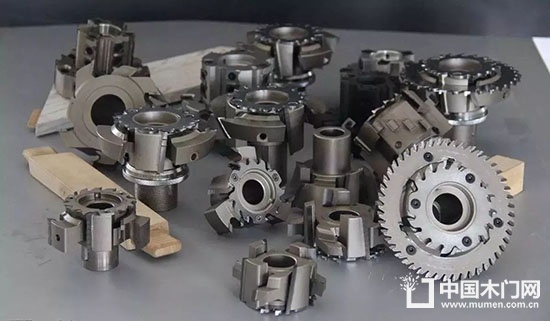
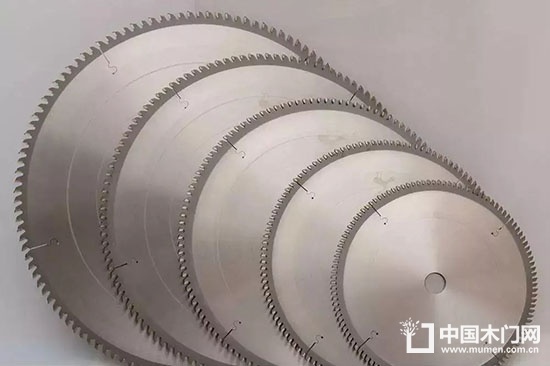
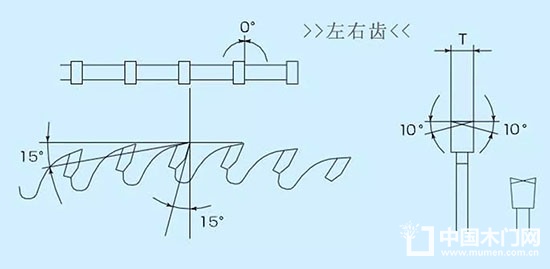
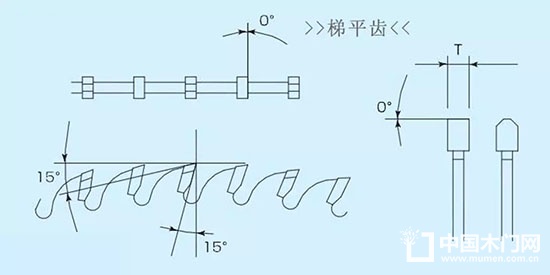
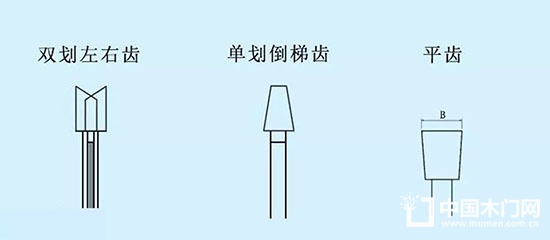
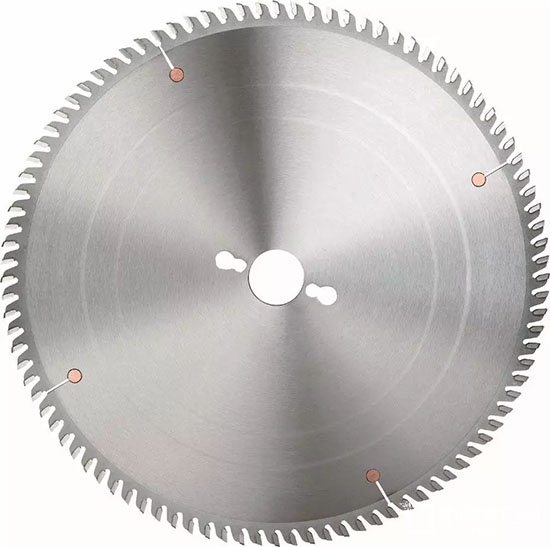
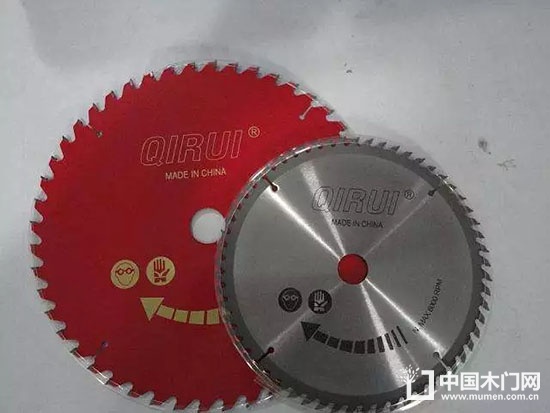
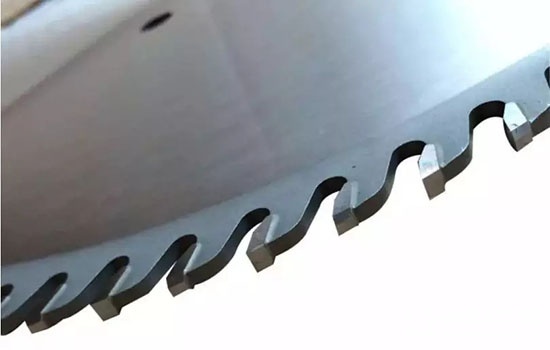
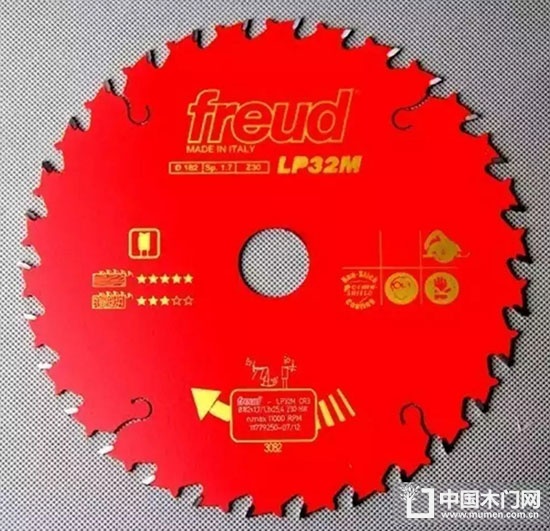
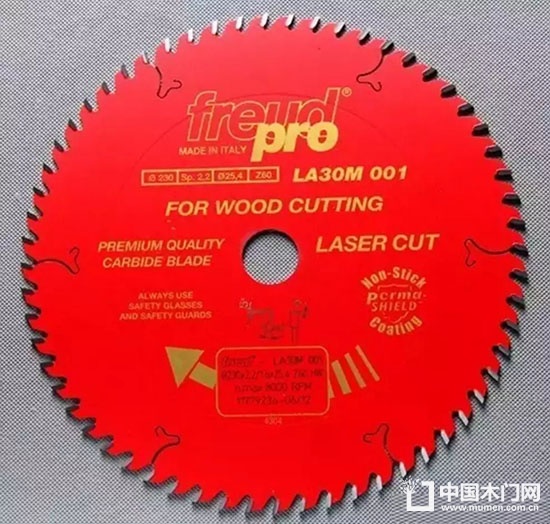
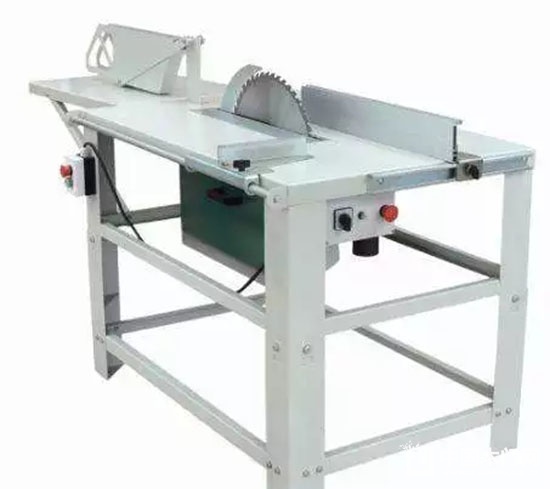
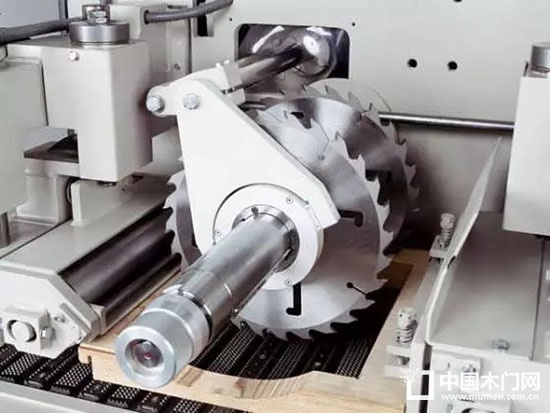
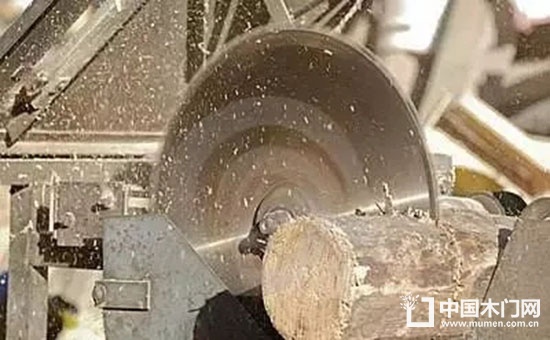
The sharpening of the knife does not miss the woodworker. Is the sawing you use good?